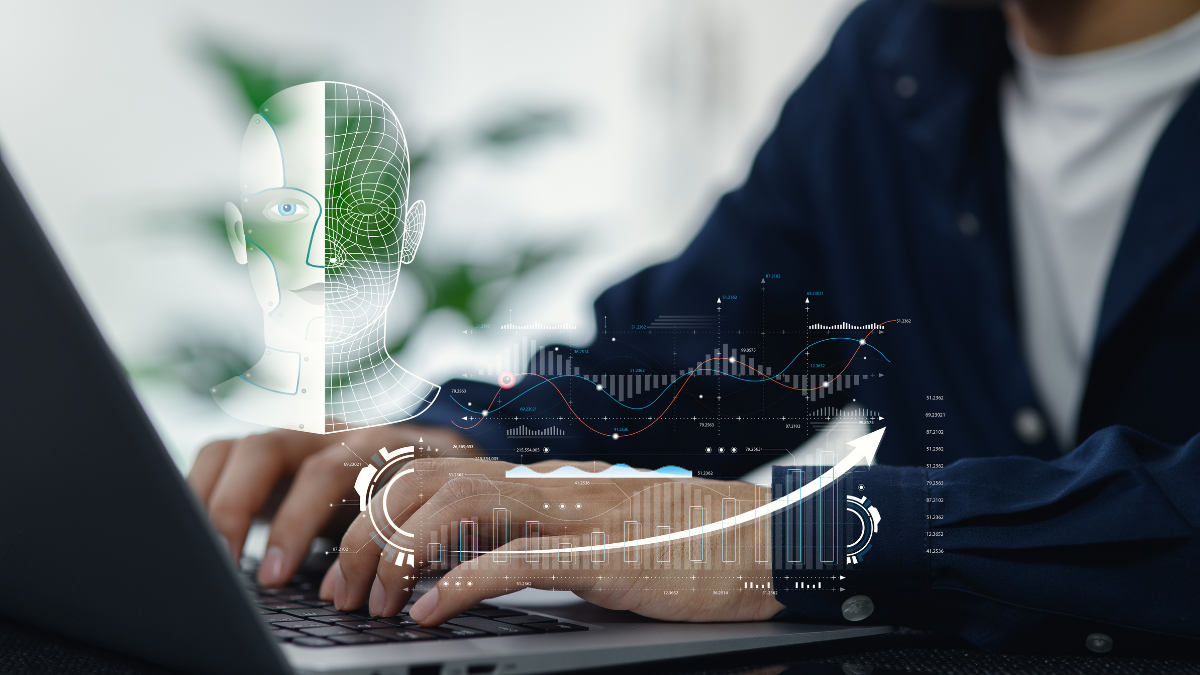The Role of AI in Modern Home Automation Systems
Home automation has undergone significant evolution over the last decade. What started as simple timers and remote-controlled devices has evolved into a sophisticated ecosystem where lighting, audio, security, and climate control all work together seamlessly. At the center of this evolution is artificial intelligence (AI). More than just a buzzword, AI is transforming the way people interact with technology at home - making daily routines easier, systems more efficient, and experiences more personalized.
Beyond Automation: The Shift to Intelligence
Traditional home automation followed rules: “Turn on the porch lights at 7:00 p.m.” or “Lower the thermostat when I leave.” AI takes this one step further by learning and adapting. Instead of rigid schedules, today’s systems recognize patterns and adjust accordingly. For example, an AI-driven thermostat doesn’t just respond to a set temperature - it notices when you tend to be home, how sunlight affects the temperature in your living room, and even how the weather outside might influence your comfort. Over time, it builds a profile that fits your lifestyle.
This adaptability enables automation to shift from being reactive to being proactive. The system can anticipate your needs rather than simply waiting for a command.
Seamless Integration Across the Home
AI is also the “glue” that holds multiple technologies together. A single action can now trigger a chain of responses, thanks to machine learning. Imagine coming home after work: the entry lights fade up, the security system disarms, your favorite playlist starts in the kitchen, and the thermostat adjusts - all without pressing a button. While integrated systems have done versions of this for years, AI refines the experience. It learns when you typically arrive, what you like to listen to, and which rooms you use first, fine-tuning the response so it feels natural.
This level of integration is compelling in households where multiple people share spaces. AI can recognize individual preferences and adjust settings accordingly - whether that’s different lighting levels, TV content, or music choices.
Efficiency That Saves Energy and Money
Comfort isn’t the only benefit. AI-enhanced automation is also a tool for efficiency. By monitoring usage patterns, these systems can suggest or automatically implement ways to reduce energy waste. Lighting can dim when rooms are unoccupied, appliances can be powered down during peak cost hours, and HVAC systems can run more smoothly by predicting demand instead of reacting to constant changes.
Over time, these minor adjustments add up. Homeowners often see noticeable reductions in energy bills while also reducing their environmental footprint. It’s a win-win: less waste, more savings.
Elevating Security and Peace of Mind
Security is another area where AI shines. Traditional security systems respond to triggers - motion detected, door opened, or glass broken. AI-enhanced systems can distinguish between everyday occurrences and actual threats. For example, video surveillance can now differentiate between a family member, a pet, and an unknown visitor. This reduces false alerts while ensuring that real concerns receive immediate attention.
AI can also analyze patterns to detect unusual behavior. If a door is opened at a time that doesn’t match the household’s usual activity, or if movement is detected in a normally quiet area, the system can send an alert. This layer of intelligence provides homeowners with greater peace of mind.
Voice, Vision, and Beyond
For many, voice control is the most visible application of AI in the home. Assistants that understand natural speech allow users to control lighting, audio, or climate without lifting a finger. But the real progress lies in how much better these systems are becoming at understanding context. It’s no longer about memorizing a command; instead, you can speak naturally and still be understood.
Meanwhile, advances in computer vision expand the capabilities of cameras. Beyond security, AI-powered cameras can monitor deliveries, recognize license plates, or even help aging family members by detecting falls and alerting caregivers.
The Human Touch Still Matters
As advanced as AI has become, successful home automation isn’t just about technology - it’s about design and implementation. Every home and every family has unique needs. That’s where choosing an experienced integration partner makes a difference. Professionals can guide homeowners through the options, ensure the right infrastructure is in place, and tailor solutions that feel intuitive rather than overwhelming.
At Barney Miller’s, we’ve seen firsthand how AI is reshaping the possibilities for home automation. Our role is to bring together the best technology with thoughtful design so that the result enhances daily life in ways that feel seamless and natural.
Artificial intelligence is not about replacing human decision-making - it’s about removing the little frictions of everyday life. Whether it’s anticipating comfort preferences, improving energy efficiency, or keeping families safe, AI is becoming the unseen but invaluable partner in modern living. Contact us to schedule a complimentary consultation today!


